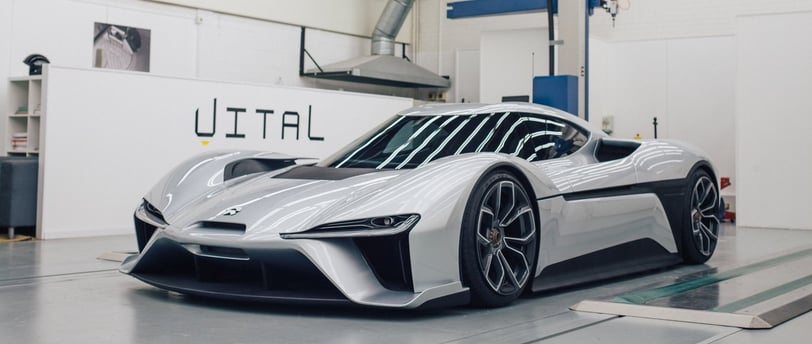How 3D Printing Has Changed The Automotive Industry
3D printing, or additive manufacturing (AM), has significantly impacted the automotive industry, revolutionizing the design, production, and supply chain processes. This technology has been widely adopted by automotive manufacturers, offering a multitude of benefits that have reshaped the industry. Below, we will explore how 3D printing has transformed the automotive industry, including its role in rapid prototyping, lightweight, improved design, and enhanced customization.
Rapid Prototyping and Design
In the dynamic landscape of the automotive industry, the integration of rapid prototyping and design, particularly through advancements in 3D printing technology, has ushered in a new era of innovation and efficiency.
The utilization of 3D printing has revolutionized the prototyping phase for automotive designers, offering them unprecedented flexibility and speed. Engineers and designers can now translate their digital concepts into tangible prototypes with remarkable ease. This ability to quickly fabricate physical parts or entire assemblies has significantly accelerated the iterative design process, enabling designers to explore multiple iterations rapidly.
One of the key advantages lies in the ability to validate designs swiftly. Automotive manufacturers can produce physical prototypes of components, allowing for thorough testing and analysis. This iterative testing process, facilitated by 3D printing, contributes to the refinement of designs, ensuring that potential issues are identified and addressed early in the development cycle. This iterative refinement not only enhances the quality of the final product but also reduces the likelihood of costly design errors.
Moreover, 3D printing has proven instrumental in the verification of complex geometries. Traditional manufacturing methods may struggle with intricate shapes, but 3D printing allows for the precise reproduction of intricate designs that would be challenging or impossible to achieve through conventional means. This capability is particularly beneficial in the automotive industry, where sleek and aerodynamic designs are increasingly prevalent.
Lightweight and Improved Design
In the relentless pursuit of automotive excellence, the industry is committed to shedding excess weight from vehicle components and designs to enhance overall efficiency. 3D printing has emerged as a transformative tool in achieving lightweight and improved designs, ushering in a new era of ingenuity and performance.
The advent of 3D printing technology has allowed automotive engineers to harness the benefits of lightweight materials, such as advanced engineered plastics and cutting-edge composites. This strategic use of materials has led to a significant reduction in the overall weight of vehicles. By leveraging the capabilities of 3D printing, manufacturers can intricately construct components with optimized structural integrity, achieving a delicate balance between strength and weight.
The impact of this weight reduction extends beyond mere aesthetics, as it directly contributes to enhanced fuel efficiency and a consequential decrease in emissions. Lighter vehicles require less energy to operate, resulting in improved mileage and reduced environmental impact. This aligns seamlessly with the automotive industry's commitment to sustainability and meeting stringent regulatory standards for emissions.
One of the key advantages that 3D printing offers in the pursuit of lightweight design is the ability to craft intricate and complex shapes that would pose significant challenges through traditional manufacturing methods. Engineers can leverage the design freedom afforded by 3D printing to create organic, aerodynamic structures that optimize performance without compromising on strength. This newfound flexibility in design not only improves the aesthetics of vehicles but also contributes to their overall efficiency and functionality.
Enhanced Customization and Supply Chain Efficiency
3D printing has unlocked a broad spectrum of production applications in the automotive industry, offering high precision and functional 3D prints that can stand in for final parts. This level of customization is essential in automotive manufacturing and is not easily achievable using traditional manufacturing processes. Furthermore, 3D printing has enabled automotive manufacturers to produce parts on-demand, eliminating the need for large inventories of spare parts and reducing material waste. This has led to more efficient and sustainable supply chain practices.
In conclusion, 3D printing has had a profound impact on the automotive industry, revolutionizing the way vehicles are designed, manufactured, and brought to market. From rapid prototyping to lightweight, improved design, and enhanced customization, 3D printing has become an indispensable tool for automotive manufacturers.









